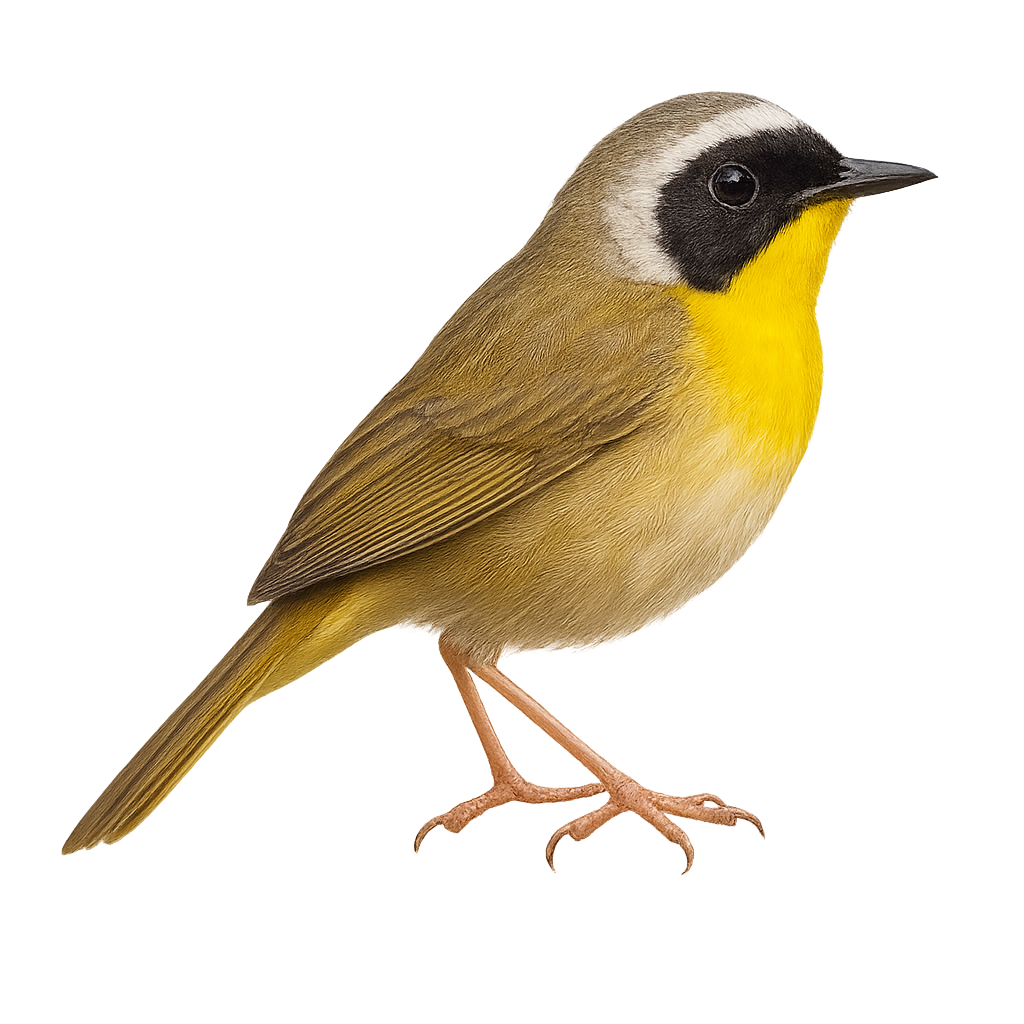Your wildlife photography guide.
Explore the common yellowthroat in detail, study its behavior, prepare your shots.
Where to observe and photograph the common yellowthroat in the wild
Learn where and when to spot the common yellowthroat in the wild, how to identify the species based on distinctive features, and what natural environments it inhabits. The WildlifePhotographer app offers tailored photography tips that reflect the common yellowthroat’s behavior, helping you capture better wildlife images. Explore the full species profile for key information including description, habitat, active periods, and approach techniques.
Common Yellowthroat
Scientific name: Geothlypis trichas

IUCN Status: Least Concern
Family: PARULIDAE
Group: Birds
Sensitivity to human approach: Suspicious
Minimum approach distance: 5 m
Courtship display: May to June
Incubation: 12-14 jours
Hatchings: May to July
Habitat:
Marshes, wet meadows, shrubby areas
Activity period :
Primarily active during the day, with peak activity in the morning and late afternoon.
Identification and description:
The Common Yellowthroat, Geothlypis trichas, is a small songbird in the Parulidae family. It is easily recognized by its distinctive black mask that contrasts with its bright yellow throat. Males sport this black mask, while females and juveniles have duller colors. It primarily inhabits marshes, wet meadows, and shrubby areas across North America. Its song is a distinctive "wichity-wichity-wichity." The Common Yellowthroat is a migratory bird, wintering in Central America and the southern United States. It feeds mainly on insects and spiders, which it captures by foraging in dense vegetation.
Recommended lens:
400 mm – adjust based on distance, desired framing (portrait or habitat), and approach conditions.
Photography tips:
To photograph the Common Yellowthroat, it is advisable to use a 400mm lens or longer to capture precise details without disturbing the bird. Look for marshy areas or wet meadows where it is often active. Be patient and discreet, as it can be suspicious. Use a tripod to stabilize your camera and wait for it to perch on an open branch. The best lighting is found early in the morning or late in the afternoon.
The WildlifePhotographer App is coming soon!
Be the first to explore the best nature spots, track rutting seasons, log your observations, and observe more wildlife.
Already 1 432 wildlife lovers subscribed worldwide

